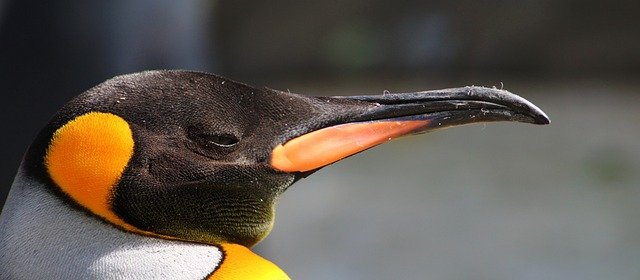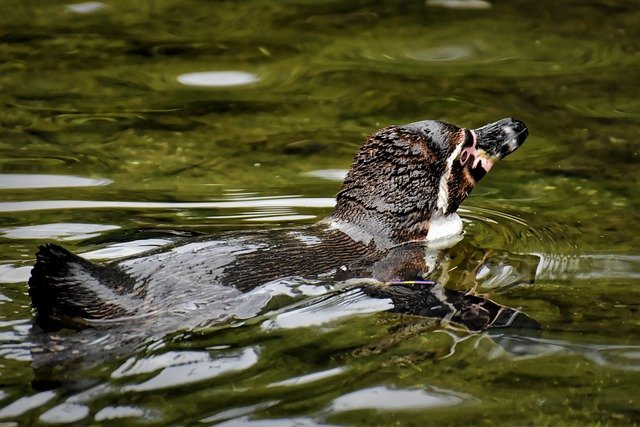
The Social Lives of Penguins: Exploring Communication and Bonding in the Antarctic
Penguins, often seen waddling across the icy landscapes of the Antarctic, are not just charming creatures; they possess complex social structures and communication methods that are essential for their survival. In this post, we will delve into the fascinating social lives of these flightless birds, exploring how they communicate, bond, and thrive in one of the harshest environments on Earth.
Understanding Penguin Communication
Penguins are known for their distinct vocalizations, which play a crucial role in their social interactions. Each species has its own set of calls, used for various purposes such as:
Mating Calls: During the breeding season, male penguins often perform elaborate vocal displays to attract females. These calls can vary in pitch and duration, showcasing the male's health and vitality.
Chick Communication: Parent penguins and their chicks engage in a unique form of communication. Chicks are able to recognize their parents' calls shortly after hatching, which helps them locate their caregivers in crowded colonies.
Alarm Calls: Penguins also have specific calls to alert others of potential threats, such as predators. These alarm calls can help maintain the safety of the colony.
Social Structures and Bonding
Penguins are highly social animals, often forming large colonies that can number in the thousands. Within these colonies, they establish intricate social bonds:
Monogamous Relationships: Many penguin species, such as the Emperor and Adélie penguins, form monogamous pairs during the breeding season. These bonds can last for several breeding seasons, and both parents share responsibilities in raising their young.
Group Dynamics: Penguins exhibit a variety of social behaviors, including grooming, which strengthens bonds between individuals. This social grooming is not only a way to maintain feathers but also serves to reinforce social ties within the colony.
Cooperative Breeding: In some species, individuals may assist in the care of chicks that are not their own. This cooperative breeding behavior enhances the survival rates of the young and fosters a sense of community within the colony.
The Importance of Social Interaction
Social interaction is vital for the well-being of penguins. It helps them:
Survive in Harsh Conditions: By living in large colonies, penguins can benefit from collective vigilance against predators and harsh weather. The warmth generated by huddling together is crucial for survival in freezing temperatures.
Enhance Reproductive Success: Strong social bonds and effective communication increase the chances of successful mating and chick rearing, ensuring the continuation of the species.
Conclusion
The social lives of penguins are a testament to the complexity of animal behavior in extreme environments. Through their unique communication methods and strong social bonds, these remarkable birds navigate the challenges of the Antarctic with grace and resilience. As we continue to study and understand their social structures, we gain valuable insights into the intricacies of life in one of the planet's most unforgiving habitats.
Feel free to share your thoughts or experiences related to penguins in the comments below! 🐧✨
